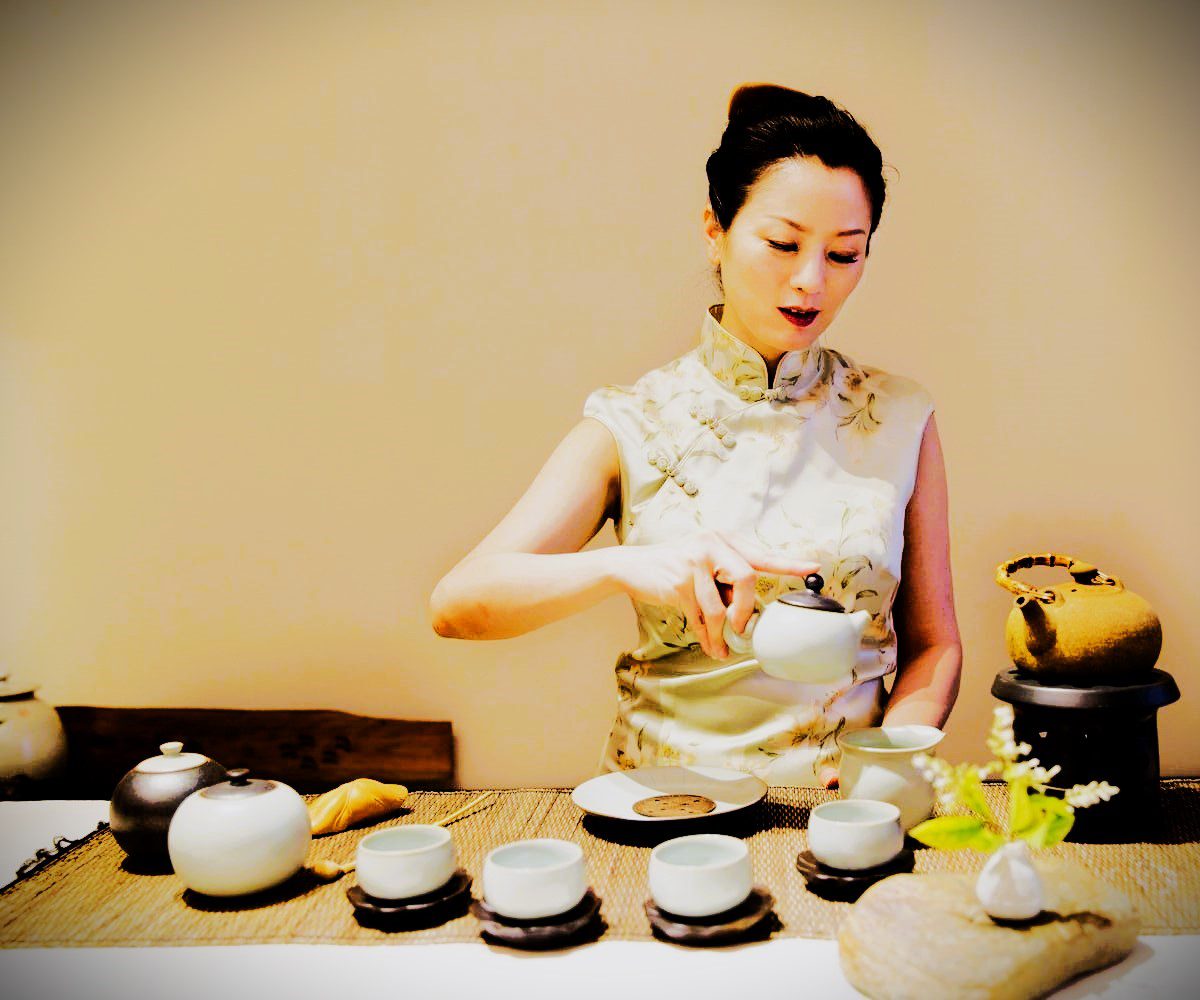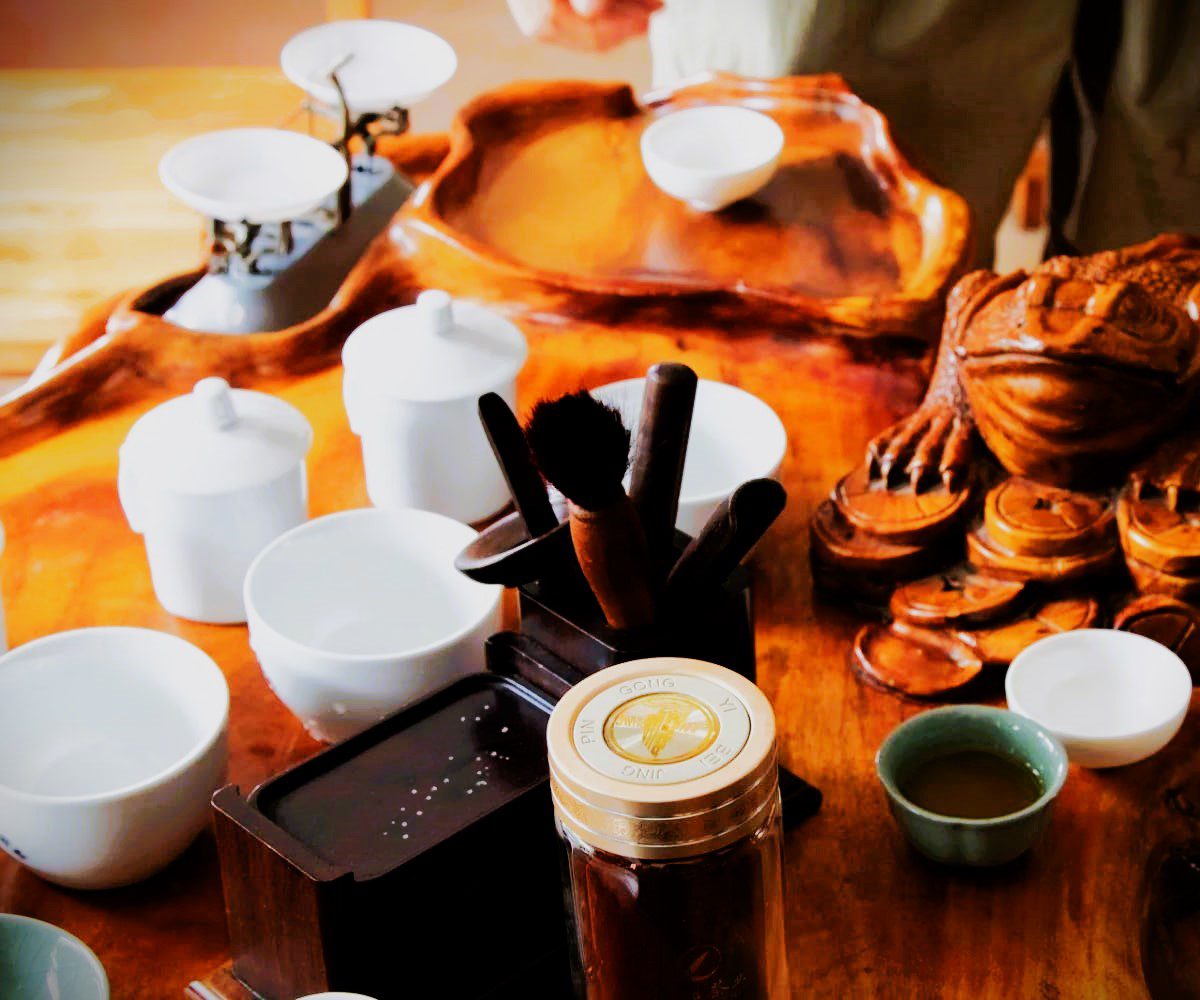Tea Culture: Traditions, Trends, and Health Benefits
Introduction:
Culture of Tea
Tea has been a popular drink for hundreds of years and is a part of cultures all over the world. The culture of tea is rich, varied, and rooted in many people’s daily lives. This is true whether you’re in Japan for a peaceful tea ceremony or India for a lively tea shop. Let’s go on a trip to learn about the history, customs, and current ways of drinking this classic drink.

How Tea Got Its Start China Learns About Tea
The history of tea started in China around 2737 BC when Emperor Shen Nong found it by mistake. He made the first cup of tea when leaves from a wild tree blew into his hot water. Shen Nong liked tea’s smell and taste and discovered its medical benefits before its fame.
Spread to other Asian countries
From China, tea made its way to countries nearby. In the sixth century, Buddhist monks brought tea to Japan because they liked how it made them feel calm. Japan had been drinking tea for a long time by the 9th century. This was the start of the elaborate tea events we know today.
Historical Significance of Tea in China
In China, tea is more than a drink; it’s a sign of history and culture. Over the years, tea has changed from a medicine to a daily habit and then to an important part of society and culture. During the Tang Dynasty (618–907), tea became more famous. During the Song Dynasty (960–1279), poems and art made tea culture even better.
The Chinese way of making tea
Gongfu Cha, the ancient Chinese tea ritual, improves tea. There are several steps to it, such as heating the kettle, rinsing the leaves, and pouring the tea. In this ritual, people don’t drink tea; they also enjoy the process of making it and the way it tastes.
Japan’s tea
The Chanoyu tea ceremony in Japan
Chanoyu, the Japanese tea ceremony, is a spiritual Zen Buddhist practice. This matcha-making process encourages peace, unity, respect, and cleanliness. The thought goes into every step of the ritual, from whisking the tea to setting up the tools. This shows how beautiful it is to be aware and keep things simple.
Zen Buddhism and Its Effects
Zen Buddhism has had a big effect on the way Japanese people drink tea. The peaceful features of chanoyu encourage present-moment mindfulness and introspection. Silent and decorated with calligraphy and flowers, the tea room improves the atmosphere.
The Indian tea
The British brought tea to the world.
India’s tea has a history of being a colony. In the 19th century, the British started growing tea to stop China from having a hold on the tea trade. To make some of the best teas in the world, Assam and Darjeeling became well-known places to grow tea.
Indian Chai Culture
Chai, a milk and sugar spiced tea, is an important part of Indian culture. Millions of people drink chai every day, whether they’re in a busy city street or a quiet house. Because different parts of the world use different spices, each cup of tea is different. Chai’s kindness goes beyond its flavours and stands for community and welcome.
Tea in the UK
A Tradition of Afternoon Tea
The UK is famous for afternoon tea, which has been around since the 1800s. Anna, Duchess of Bedford, created this to fill the time between lunch and dinner. Elegant afternoon teas feature cakes, sweets, sandwiches, and whipped cream scones.
Changes in British Tea Culture
From the fancy tea rooms of the past to the kitchens of today, British tea culture has changed. Even though afternoon tea is still a tradition, every home has a daily cup of tea. Black tea has long been important to the British, who drink it with milk and sugar.
Middle Eastern tea
The role of tea in Middle Eastern hospitality
In the Middle East, tea is a sign of friendliness and kindness. Giving tea to strangers is a friendly and respectful thing to do. Most countries make and serve strong black tea with heaps of sugar.

Popular Types and Ways to Prepare Them
Each country has its way of making tea. The act of pouring mint tea (Atay) from a high place in Morocco to make foam is a sign of friendship. People in Turkey make tea in a pot with two levels, and they usually serve it in small cups that look like tulips.
Tea in the USSR
Samovar and Russian Tea History
With its unique way of boiling water and making tea, the samovar is the centre of Russia’s tea culture. Russian tea is usually very strong and comes with sugar, lemon, or jam. In Russian houses, the samovar is a sign of warmth and togetherness.
A Big Part of Russian Social Life:
Tea is a big part of Russian social life. People often sit down with family and friends at the table and tell stories over a pot of tea. This custom shows how Russians feel about being friendly and working together.
Tea in the US
What it is and how popular it is
Colonists introduced tea to the US, making it popular. The 1773 Boston Tea Party showed Americans opposed to British taxes, creating history.
How Iced Tea Came to Be
In the early 1900s, iced tea became very popular in the American South. People love this cool drink, which is often sweetened, in the summer. Today, people all over the country enjoy iced tea in a wide range of flavours and styles.
Antioxidants and the nutritional value of tea are good for your health.
There are a lot of antioxidants in tea. These help the body fight free radicals. Also, it has a lot of vitamins and minerals that are good for your health and well-being.
Uses in traditional medicine
There is evidence that tea has healing qualities dating back thousands of years. Chamomile and peppermint teas cure ailments and soothe individuals. Green tea is known to help with digestion and calmness.
Various Types of Tea
Tea with green leaves
Most of the time, green tea is made from leaves that have not been oxidised. It tastes fresh and green and is full of vitamins.
Black Tea
Complete oxidation imparts a robust, robust flavour to black tea. Popular accompaniments to this globally ingested tea include sugar and milk.
Oolong Herbal Tea
oxidised oolong tea occupies a middle ground between green and black tea. Its flavour can range from floral to citrus, providing a complex flavour experience.
Herbal Beverages
Herbal infusions use fruits, flowers, and herbs, not tea leaves. Rooibos, peppermint, and chamomile are popular for their tastes and health advantages.
Current Tea Trends
Unique Blends and Teas
There has been an explosion of speciality teas and mixtures in the tea industry. There is a variety of teas to suit every palette, from matcha infusions to citrus-infused teas. These contemporary developments exemplify an increasing recognition of the multifunctionality of tea.
In the Digital Age, Tea
There are a lot of tea recipes, how-to guides, and reviews on the internet and social media. Online tea stores and virtual tastings make tea exploration easier than ever.

To conclude,
Instead of a drink, tea has become a worldwide cultural phenomenon affecting millions. From Chinese and Japanese tea rituals to modern tea trends, tea culture is vast and varied. Tea will stay popular due to its lengthy history, health benefits, and manufacturing. We honour the peace and relationships tea brings as we study and respect it.
FAQs
-
Which variety of tea is the most prevalent around the world?
Globally, black tea is the most consumed variety. Daily tea intake includes English morning tea and Indian chai.
-
In what ways does tea promote health?
Antioxidants, which are abundant in tea, protect the body against free radical damage. It also contains minerals and vitamins that aid digestion, relaxation, and heart health.
-
What is the distinction between black tea and green tea?
The main difference between green and black tea is refinement. Produced from unoxidized leaves, green tea has a more delicate, fresh flavour. When black tea undergoes complete oxidation, its flavour becomes more robust and potent.
-
Could tea aid in stress reduction and relaxation?
Tea can aid in tension relief and relaxation. It’s well known that peppermint and chamomile infusions soothe. L-theanine, an amino acid present in green tea, induces relaxation without inducing lethargy.
-
What are the optimal storage conditions for tea to preserve its freshness?
Store tea away from light, dampness, strong odours, and hermetic containers. Keeping tea in a dark, quiet place helps preserve its taste and freshness.
